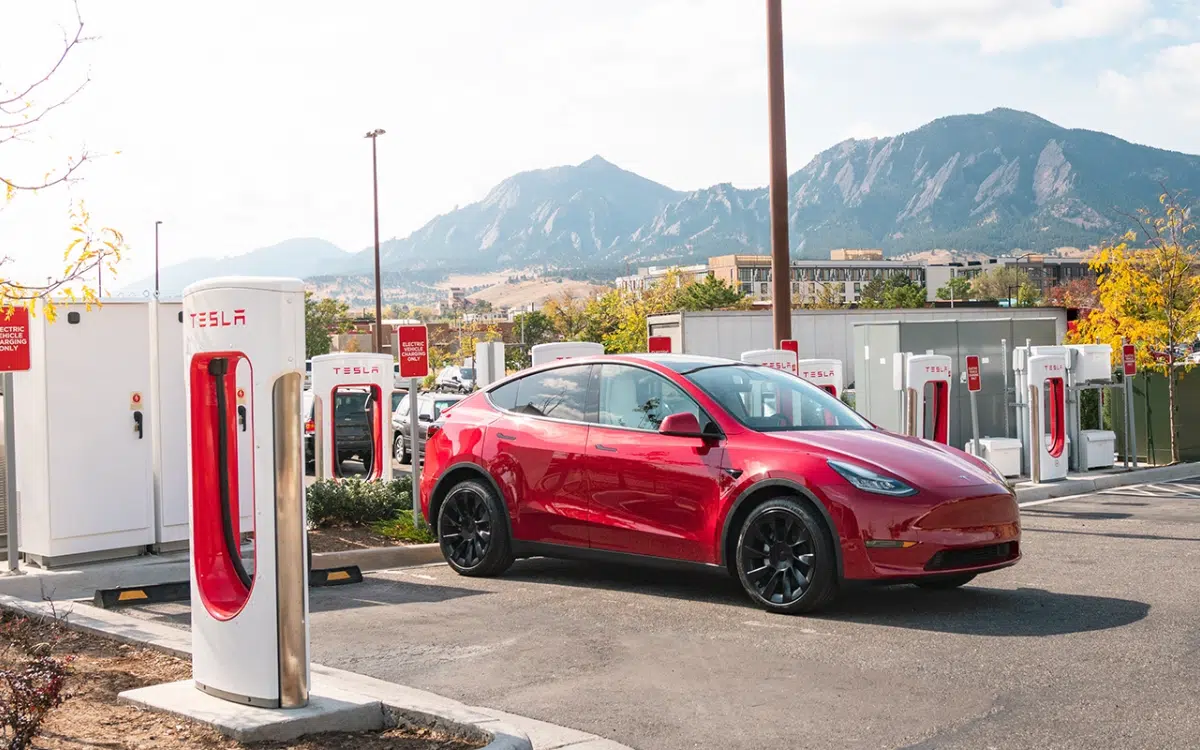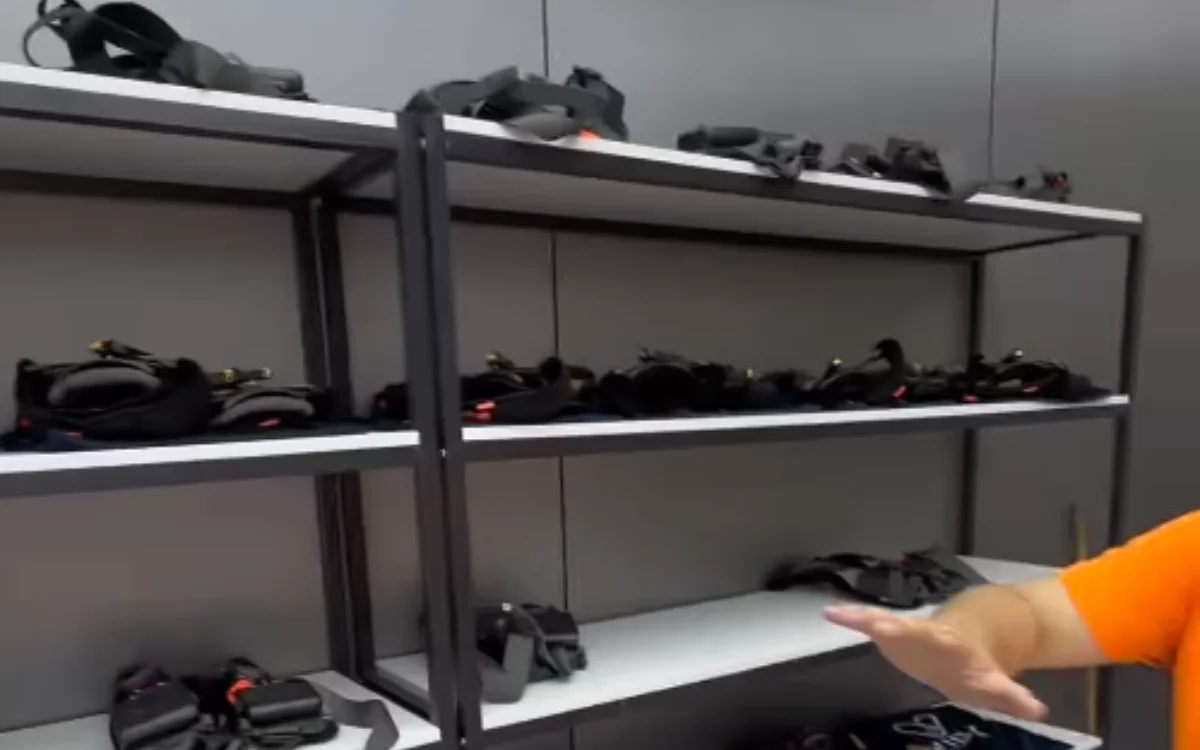6 Supermarket Concepts Worth Watching
The post 6 Supermarket Concepts Worth Watching appeared on BitcoinEthereumNews.com. Dawn Moreno shops for yogurt as she enjoys the grand opening of a Trader Joe’s in Pinecrest, … [+] Florida. (Photo by Joe Raedle/Getty Images) Getty Images Everyone has to eat. What we choose to eat and where we get it, however, is dictated by a range of other factors, from store locations and transportation to sensory disorders and finances. So where people buy their groceries keeps changing, and new options emerge seemingly as regularly as the three squares. Who’d have thought 10 years ago that a vegan meal could be bought on the fly from a convenience store? A fresh (and visually appealing) salad in an airport vending machine? Or that you could buy fresh produce at the dollar store or a suburban Walgreens? Non-traditional food stores now control 63% of the grocery market share, according to Winsight Grocery Business. Still, there remains millions of square feet of traditional supermarket space that must be maintained. Social and purpose-led thinking could derive one innovative approach to saving that square footage. Lesson From Aisle One: Supermarkets Are Subject To Change Remember how robotic delivery vehicles were going to totally revolutionize grocery shopping for everyone? Each year, new supermarket technologies and “stores of the future” are unveiled to better understand consumers. Not all of these ideas have long shelf lives, in part because not all resolve specific consumer challenges. Even if an approach doesn’t work, we should carry on the purpose behind each of these following concepts, as they are designed to resolve emerging shopper needs. Neighbors-to-the-rescue food. Major grocery mergers, such as that of Kroger KR and Albertsons ACI , often result in mass store closings. Usually, the targeted locations are in low-income or rural communities, like the village of Emerson, Nebraska. After they lost their local food store several years…

The post 6 Supermarket Concepts Worth Watching appeared on BitcoinEthereumNews.com.
Dawn Moreno shops for yogurt as she enjoys the grand opening of a Trader Joe’s in Pinecrest, … [+] Florida. (Photo by Joe Raedle/Getty Images) Getty Images Everyone has to eat. What we choose to eat and where we get it, however, is dictated by a range of other factors, from store locations and transportation to sensory disorders and finances. So where people buy their groceries keeps changing, and new options emerge seemingly as regularly as the three squares. Who’d have thought 10 years ago that a vegan meal could be bought on the fly from a convenience store? A fresh (and visually appealing) salad in an airport vending machine? Or that you could buy fresh produce at the dollar store or a suburban Walgreens? Non-traditional food stores now control 63% of the grocery market share, according to Winsight Grocery Business. Still, there remains millions of square feet of traditional supermarket space that must be maintained. Social and purpose-led thinking could derive one innovative approach to saving that square footage. Lesson From Aisle One: Supermarkets Are Subject To Change Remember how robotic delivery vehicles were going to totally revolutionize grocery shopping for everyone? Each year, new supermarket technologies and “stores of the future” are unveiled to better understand consumers. Not all of these ideas have long shelf lives, in part because not all resolve specific consumer challenges. Even if an approach doesn’t work, we should carry on the purpose behind each of these following concepts, as they are designed to resolve emerging shopper needs. Neighbors-to-the-rescue food. Major grocery mergers, such as that of Kroger KR and Albertsons ACI , often result in mass store closings. Usually, the targeted locations are in low-income or rural communities, like the village of Emerson, Nebraska. After they lost their local food store several years…
What's Your Reaction?












































